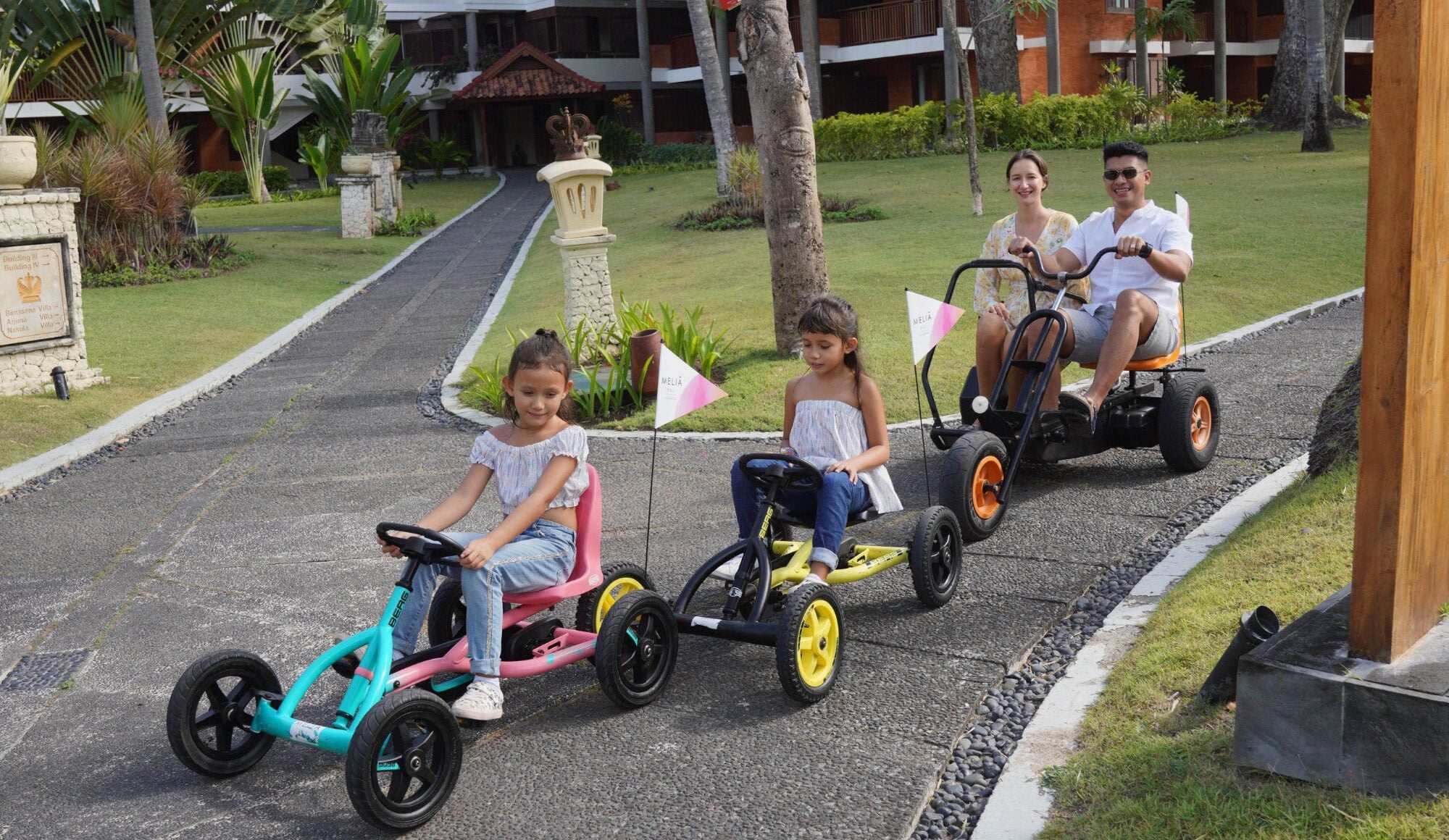Uluwatu beckons travelers with its captivating blend of natural beauty, spiritual significance, and cultural vibrancy.
Uluwatu: Why it is called Uluwatu, the history behind it
The name itself derives from the Balinese words “ulu,” meaning “edge,” and “watu,” meaning “rock.” Perched 79 meters above sea level, Uluwatu evokes the edge of a natural barque, promising an unforgettable Balinese heritage journey.

Pura Uluwatu: The holy place with infinite views.
Pura Luhur Uluwatu, a revered Bali temple, graces the cliffside. This place is a sanctuary of serenity and spiritual energy, where the earth seems to extend into the infinite.
The outermost section, Jaba Sisi, greets you with an imposing gate and statues believed to ward off negative energies. Further in lies Jaba Tengah, the central area, where visitor prepares offerings for the deities. Finally, you reach Jeroan, the innermost sanctuary, the holiest of all, where prayers and offerings ascend to the divine.
Mythical Dance With The Chanting
As the sun begins its descent, casting a warm glow over the cliffside, Uluwatu transforms into a stage for a mesmerizing cultural spectacle – the Kecak Fire Dance. This unique performance, performed against the backdrop of the setting sun, blends dance, drama, and fire.
Unlike conventional dance performances that use musical instruments, Kecak relies solely on the rhythmic chants and movements of its performers. This traditional dance is known as the Balinese trance ritual (Sanghyang). Sanghyang is a ritual where people communicate with Gods and Ancestors’ spirits.
The Good, the Evil, and the Monkey
In the 1930s, Balinese dancer Wayan Limbak and German painter Walter Spies transformed the Kecak dance ritual. The dance now becomes a performance that incorporates the epic Ramayana saga. The resulting Kecak Dance has since become an iconic symbol of Balinese culture.

The Kecak Fire Dance at Uluwatu retells the timeless tale of Rama, the epitome of virtue, and his battle against the evil demon king, Rahwana. The dance unfolds with the abduction of Rama’s wife, Sita, by Rahwana. Determined to rescue his beloved, Rama enlists the aid of Hanuman, the mighty monkey god. The performance culminates in a dramatic fire scene, symbolizing Hanuman’s resilience and triumph over evil.
A Journey to Remember
A visit to Uluwatu is an unforgettable journey that immerses you in the beauty, spirituality, and cultural richness of Bali. From the breathtaking cliffs and the sacred temple to the mesmerizing Kecak Fire Dance, Uluwatu offers an unparalleled experience that will leave you captivated and longing for more.
We would like to inform you that Uluwatu is one of Melia Bali’s excursion programs, a highlight of our all-inclusive program. This ensures that your exploration of Uluwatu is not only culturally enriching but also conveniently included in your comprehensive Bali experience with us.





















Share